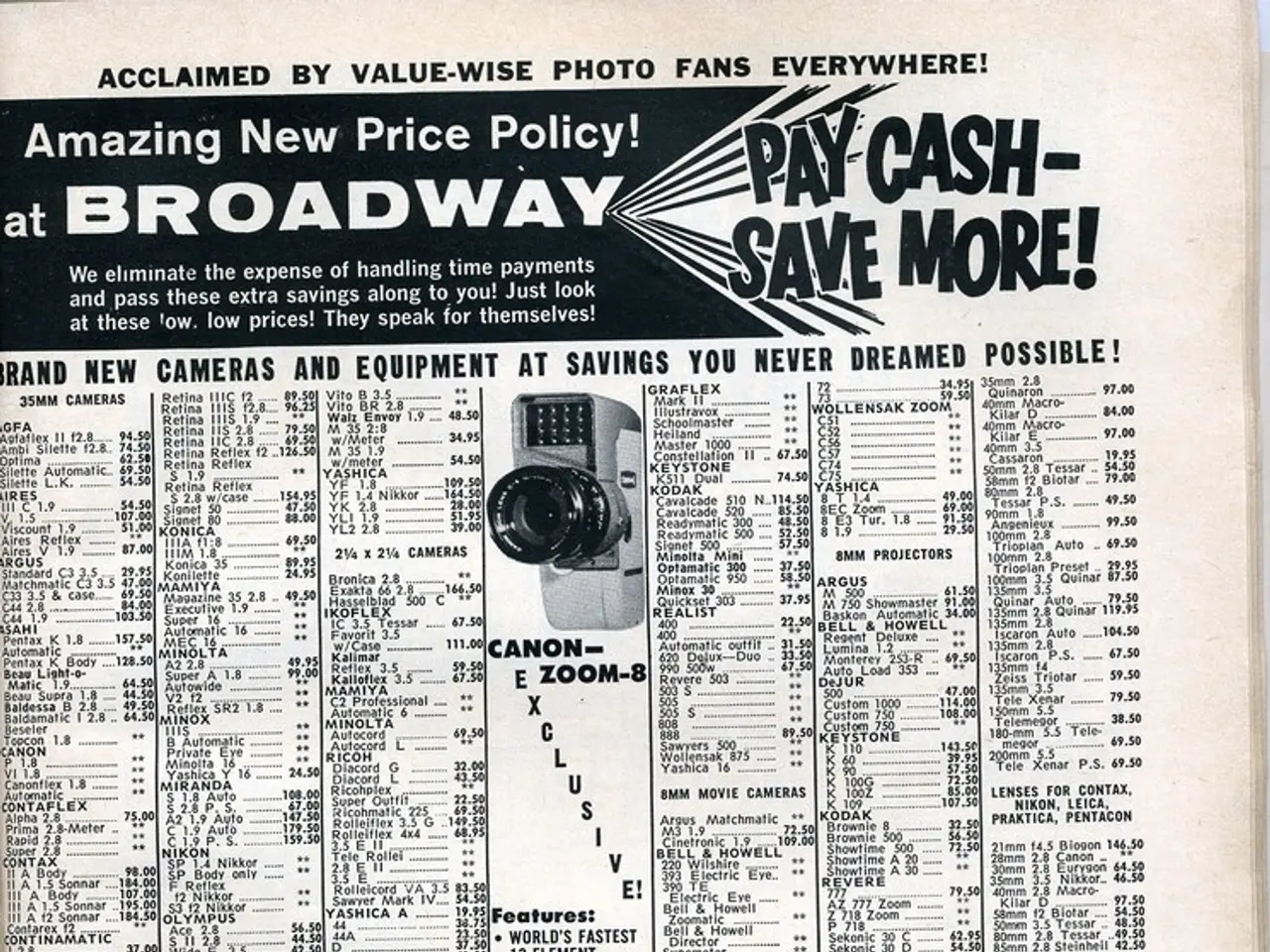Influencer Wage Disparity: Strategies Used by Agencies for Equal Remuneration
In the world of social media, the influencer economy has opened up a new avenue for normal people to gain fame from the comfort of their homes. However, a growing concern is the systemic undervaluation faced by influencers of color during brand collaborations.
Tiffany Hardin, CEO of Gild Creative Group, has highlighted the lack of equal opportunities for negotiation for influencers of color in this digital economy. The problem is compounded by a lack of transparent pay structures, implicit biases, and insufficient negotiation guidance.
One of the key reasons for this disparity is the undervaluing of creators of color by brands. Instead of committing to fair pay upfront, brands often offer compensation after seeing content, reflecting a lack of trust and respect for their work and audience value.
Implicit biases and stereotypes also play a significant role in how brands perceive and engage with influencers of color, often resulting in lower offers or less serious partnership terms.
Moreover, the absence of negotiation guidance and industry transparency leaves influencers without benchmarks or tools to assert reasonable rates. This lack of resources and open conversation can make the negotiation stage a challenging area for creators of color.
However, there are resources and changes that can help improve the situation. Utilizing influencer rate calculators can provide industry-standard pricing based on factors like followers, engagement, niche, and platform, helping influencers better understand and establish fair rates.
Educational tools and courses focused on negotiation skills, especially tailored for micro and emerging influencers, can boost confidence and knowledge in deal-making.
Brands adopting transparent payment policies and valuing creators' time and influence fairly, rather than relying on exposure as compensation, can also make a significant difference.
Industry-wide initiatives promoting equity and inclusion in influencer marketing can encourage brands to examine their compensation practices and commit to paying all influencers fairly, regardless of race.
Raising awareness of pay disparities, providing negotiation tools and education, and pushing brands towards transparency and equity are essential steps to help influencers of color secure fair compensation in collaborations.
Despite the challenges, Tiffany Hardin remains optimistic, stating that influencers of color should not feel compelled to settle during negotiations with brands. The influencer economy, she believes, can and should be equitable for creators of color.
In the realm of business negotiations, Tiffany Hardin, CEO of Gild Creative Group, advocates for equal opportunities for influencers of color, who frequently face undervaluing in finance matters by brands, leading to unequal partnerships. The absence of transparent pay structures, implicit biases, and negligible negotiation guidance further complicates the situation.
Utilizing industry-standard influencer rate calculators and seeking negotiation skills education can empower influencers of color to assert fair rates and build confidence in the negotiation process. Meanwhile, brands committing to transparent payment policies, valuing creators' time and influence fairly, and adopting equity and inclusion initiatives can play a significant role in creating a more equitable influencer economy for all creators, regardless of race.





